Sustainable results to stem from collaborations
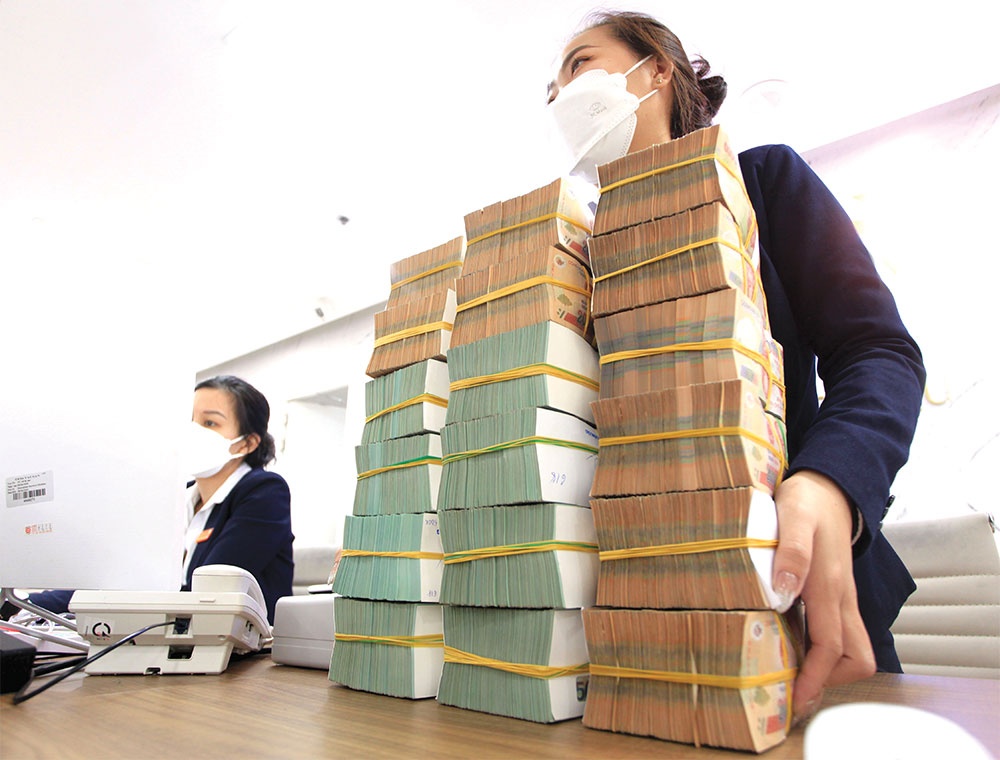 |
| Sustainable results to stem from collaborations, photo Le Toan |
The trade financing ceiling for SeABank will be doubled to $60 million and the revolving loan limit will double to $10 million, as stated by the Asian Development Bank (ADB) last week.
The increase in the trade finance limit demonstrates the ADB’s confidence in SeABank in terms of its transparency, healthy operations, and efficient capital mobilisation, all of which contribute to sustainable development.
It also serves to enhance SeABank’s strength in international payment and trade finance, enabling the bank to approach and establish transaction relationships with a higher number of banks from around the globe.
SeABank is committed to utilising capital in the most efficient manner to support Vietnamese businesses, particularly small- and medium-sized enterprises (SMEs) and their supply channels, thereby contributing to economic growth and job creation.
In February, the International Finance Corporation (IFC) also invested $100 million in SeABank in a bid to bolster the bank’s ability to provide housing loans. Through this initiative, SeABank anticipates doubling the number of low- and middle-tier mortgages by 2026 amid Vietnam’s rapid urbanisation rate of around 3 per cent annually.
Previously, SeABank had received funding totalling nearly $600 million from the US International Development Finance Corporation, the IFC and other foreign investment funds to expand access to financing for SMEs, particularly those owned by women, in order to promote green credit and combat climate change.
Meanwhile, BCG-SP Solar 1, a wholly owned subsidiary of BGG-SP Greensky, has just secured a disbursement of $31.5 million in a total credit line of up to $50 million from a consortium of foreign financial institutions. Greensky is a joint venture between SP Group of Singapore and Vietnam’s BCG Energy.
The syndicated loan package is led by the Development Bank of Singapore. Other credit institutions, including the Overseas Chinese Banking Corporation Singapore and UOB, are also participating in the credit facility.
The $31.5 million syndicated loan disbursed is a part of $50 million financing package provided by the consortium of three Singaporean banks to BCG-SP Solar 1, and will be utilised to fund rooftop solar power projects. The remaining $18.5 million will be disbursed for future projects developed by BGG-SP Greensky.
Pham Minh Tuan, CEO of BCG Energy, believes that the competitive interest rate and favourable timing of the syndicated loan will help the joint venture strengthen its financial footing and diminish the investment pressure associated with rooftop solar projects.
“BCG Energy has put considerable focus on standardising its operations and expanding its footprint. We can effectively negotiate with international financial institutions due to our sustainable strategic business approach, solid project execution capabilities, and transparent financial management,” he said. “This fresh disbursement is testament to the firm’s commitment to developing sustainable solutions for a greener country.”
Elsewhere, Nam A Bank, a midsized lender based in Ho Chi Minh City, in late February confirmed it mobilised a fresh loan of $20 million from BlueOrchard, a global impact investment manager dedicating to fostering inclusive and climate-smart growth, to grow its loan portfolio in SMEs.
BlueOrchard was founded in 2001 as an initiative of the United Nations, and the world’s first commercial manager of microfinance debt investments worldwide.
Vietnamese conglomerate Vingroup is also expected to enter collaborations with foreign financial institutions after Credit Suisse – its advisor for the upcoming initial public offering of its e-vehicle arm VinFast – collapsed in March, to be taken over by UBS.
“In addition to Credit Suisse, Vingroup has long-term relationships with many international banks, and will seek to establish partnerships with other financial institutions,” Vingroup stated.
| Steven Cranwell - CEO and regional head of Client Coverage in the Americas, Standard Chartered Bank
From a US perspective, some of the current conversations and discussions that are ongoing revolve around the Indo-Pacific Economic Framework for Prosperity. If you consider this agreement in the perspective of Vietnam’s national master plan, you will see that they correspond and complement each other well. Under this plan, the energy transition is going to be a crucial issue, and Standard Chartered is keen to play a significant role in enabling this. Another area of focus within the framework is tax and anti-corruption, which will be beneficial to supporting the country’s growth. From an investment perspective, Vietnam’s involvement in the Just Energy Transition Partnership is noteworthy. We believe that a fair and inclusive transition will be greatly aided through sustainable financing. We are committed to expanding the scale and reach of sustainable finance and have plans to mobilise $300 billion in green and transition finance by the end of this decade. Some of our international clients have expressed concern over Vietnam’s legal framework on intellectual property rights, which the Vietnam government is aware of and is making progress in addressing. Improvement to the infrastructure and in particular in the transportation and logistics sector will further support foreign investment and Vietnam’s growth. And these are areas where US investors can play a key role. |
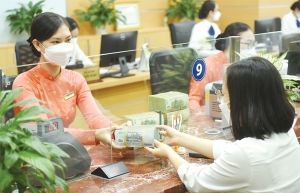 | Lenders look further afield for recruitment As digital transformation calls for a different set of skills and knowledge, many financial institutions are turning to the overseas market for recruitment. |
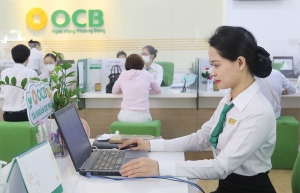 | Lenders more likely to endeavour to apply Basel III More Vietnamese financial institutions are adopting international practices, particularly Basel III standards, to enhance a solid financial buffer, aid resilience, and prepare for global competition. |
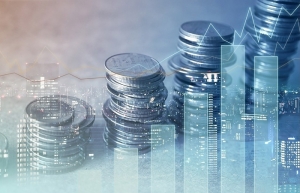 | Profits not yet forthcoming for commercial lenders Impacted by a number of factors, banking activities slowed down in the fourth quarter of 2022, causing speculation over local banks’ profits. |
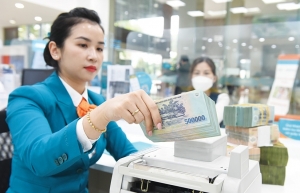 | Lenders search for further credit room As the gap widens among banks in terms of profit growth, on-year credit growth remains an important driver for banks, as it makes the largest contribution to pre-tax profit growth. Thus, banks are looking for an allocation of credit room this year. |
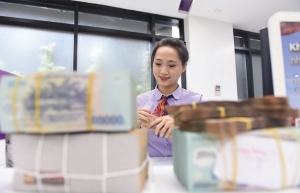 | Lenders elevate charter capital moves There have been positive signals of increased charter capital activities at commercial banks in recent weeks, especially those with state capital. |
What the stars mean:
★ Poor ★ ★ Promising ★★★ Good ★★★★ Very good ★★★★★ Exceptional
Related Contents
Latest News
More News
- Gold prices swing amid tax debate and import uncertainty (December 15, 2025 | 18:04)
- Agribank frames bank credit as catalyst for green growth (December 15, 2025 | 17:59)
- Vietnam’s green transition demands collective financial action (December 15, 2025 | 12:00)
- VIR workshop highlights capital and policy for sustainable development (December 15, 2025 | 11:00)
- Promoting digital assets initiative in Vietnam (December 13, 2025 | 09:30)
- Experts flag gaps as national financial strategy under review (December 12, 2025 | 15:13)
- Global gold exchange models offer roadmap for Vietnamese market (December 12, 2025 | 11:58)
- Five million household businesses to adopt self-declared tax system (December 11, 2025 | 18:13)
- Vietnam establishes management board for crypto asset trading market (December 11, 2025 | 18:11)
- ACB offers financing to fit Vietnam’s textile and garment industry (December 11, 2025 | 09:07)

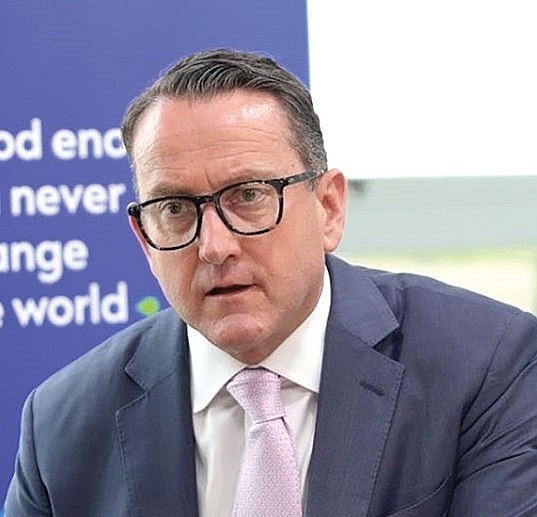
 Tag:
Tag:




















 Mobile Version
Mobile Version